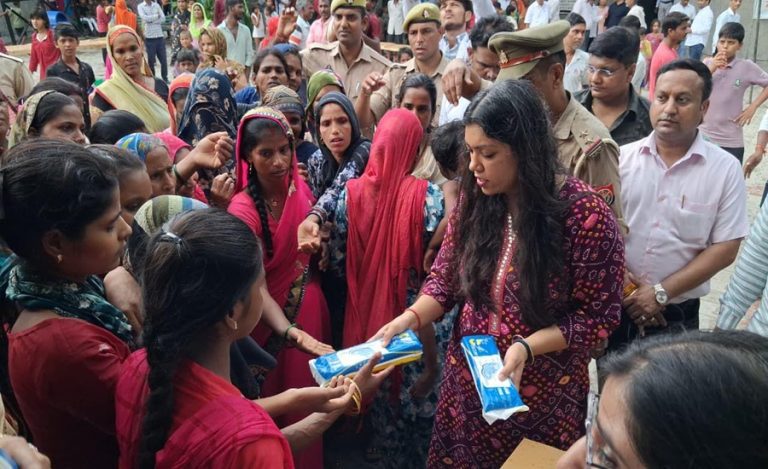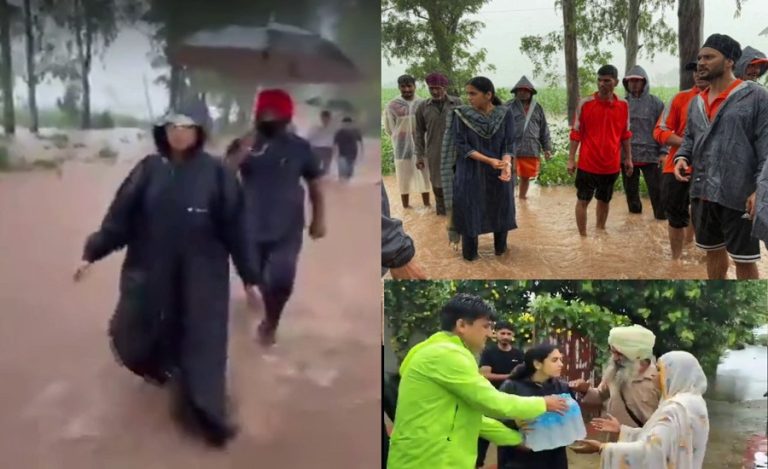Over the last few months, Gadchiroli district in Maharashtra has been witnessing an increase in tiger mauling. In the latest incident, a tiger attacked a shepherd to death on the day of Diwali. And, sadly, just three months back, the deceased’s brother, too, had become a victim of tiger’s attack.
The forest department’s Rapid Action Teams were on high alert and managed to capture a tiger on 13 October that had killed 13 people in three districts of the Vidarbha region of Maharashtra, including Gadchiroli. The tiger named ‘CT-1’ was moving around in the Wadsa forest range of Gadchiroli district when it was captured.
Indian Masterminds interacted with the Conservator of Forests in Gadchiroli district, Dr. Kishor Mankar, a 2006 batch IFS officer, to know why tigers’ attacks on humans have increased of late, and what is the way forward.
FOREST DEPARTMENT ON THE JOB
The Tadoba Andhari Tiger Reserve in Chandrapur district is adjacent to the Gadchiroli district, and, hence, the big cats visit Gadhchiroli forests very often. Although in the past 20 years, tiger population had come down due to the Naxalite movement, now the tigers are regaining their territory again. “That is why, the tiger population is increasing in Gadchiroli. And that is why this tiger-human conflict is also increasing,” Mr. Mankar said.
He further told Indian Masterminds that to capture a tiger that had attacked humans, the district forest department has to first seek permission from the chief wildlife warden of the state. And after the recent cases of fatal attacks, the permission has been granted. “So Our team is behind that tiger, following him. We have already put out a bait -a buffalo kid –so that when the tiger comes to attack him, the sharp shooters of our tranquilizing team stay on the scaffold nearby can tranquilize it,” Dr Mankar said.
WHY TIGERS ATTACKS ARE ON THE RISE
The officer further said that many reasons are behind this recent spate of attacks by tigers on humans, but the major one is humans are infringing on the tiger’s territory. “Tigers are not coming out of forest, instead people are going to the forest and capturing their homes. Of all the attacks that have taken place in Gadchiroli so far, 99 percent of the man-animal conflict has taken place because of encroachment by humans,” he said.
This encroachment is the result of people going to the forest for any kind of work and livelihoods. For instance, farmers go inside to graze their animals or to collect the leaves of wild palm trees as paddy bundles are tied with it after harvesting. Villagers go to collect wild mushrooms and leaves and grasses for their goats. “Common people depend on the forest for many things. However, gradually efforts are being made to reduce their dependence,” Dr Mankar said.
STEPS TAKEN BY FOREST DEPARTMENT
On its part, the forest department has formed primary response teamsto tackle such man-animal conflicts. The teams comprise of 4 to 5 young boys of every village and they have been tasked with making the villagers aware about how far one should go inside the forest and how to be careful. Simultaneously, vehicles with loudspeakers go from village to village making announcements regarding the necessary information.
There is also a scheme named ‘Shyamprasad Mukherjee Jan Van Vikas Scheme’ for development of the villages around tiger reserves. Its aim is sustainable development of villages in and around the buffer zones of these reserves, to reduce man-animal conflicts. There is also a provision of solar fencing in this scheme, so that wild animals cannot enter the agricultural fields.
AFTER CAPTURE, WHAT NEXT?
On 13 October, tiger CT 1 was captured by the department. The animal has been sent to Gorewada Rescue Centre in Nagpur, some 183 kilometres from Gadchiroli, for rehabilitation. Tigers that attack humans for reasons other than defending their cubs or trying to save their own life are referred to as conflict tigers.
Dr Mankar said, “The more problematic ones are send to the zoo or to rehabilitation centres. Otherwise, after tranquilizing the animal, we send it to deep forest areas. But in maximum cases, we keep them in the rehabilitation centre for observation and then decide the further course of action.”

































